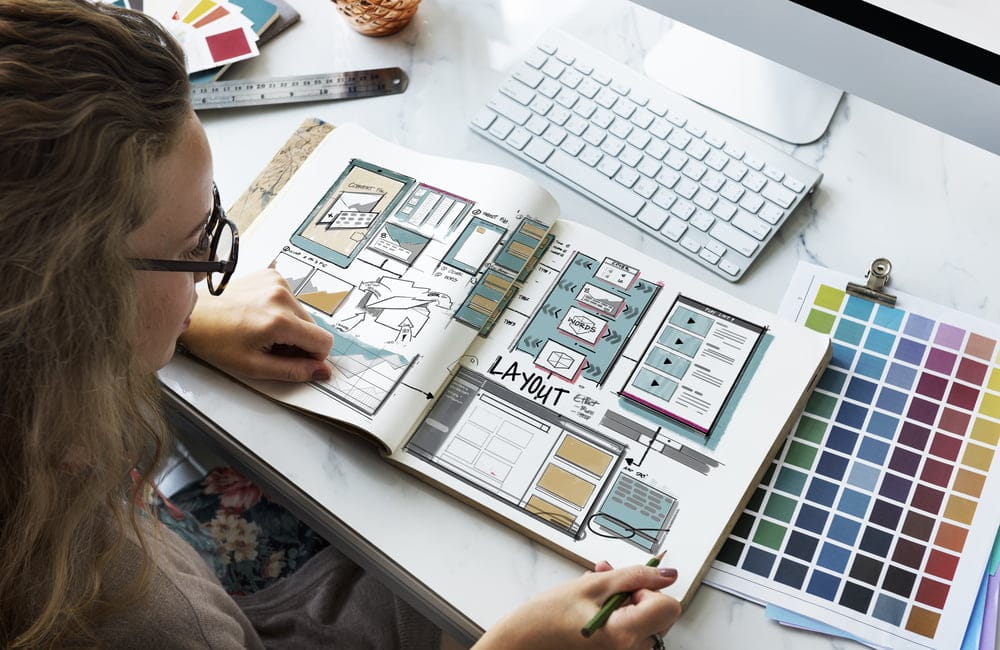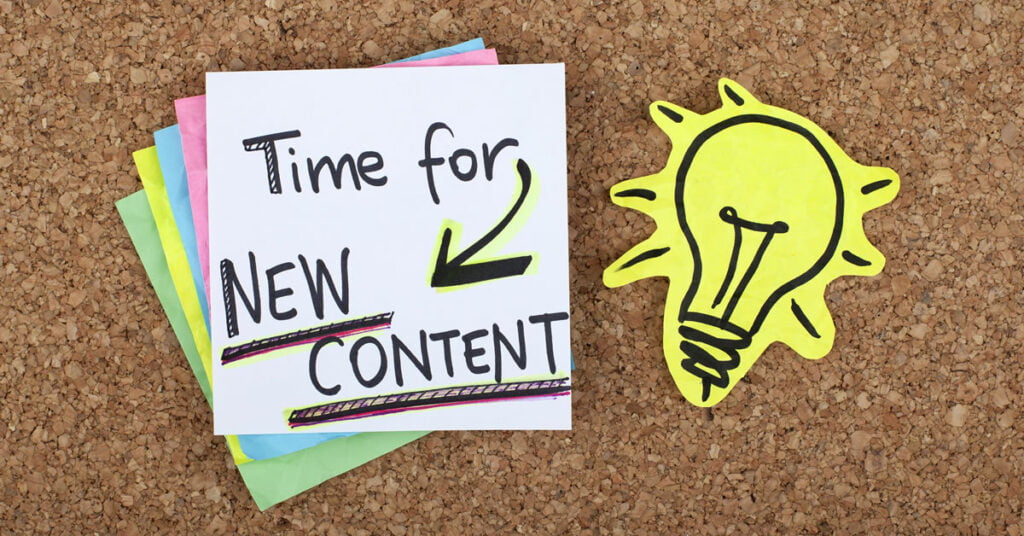“Content is king”. A phrase originally coined by Bill Gates back in 1996, the term is even more relevant today than the days before the internet explosion.
Great website content planning is needed to:
- Give search engines something to index.
- Engage customers.
This quick website content planning guide is designed to help business owners improve their content, either for a new website or to make an existing one better.

Why You Need Great Website Content
Without great content planning your website will not be found in search, it is as simple as that. During the early days of the Internet, websites were able to achieve a high ranking just by adding keywords within the page content and meta tags. Many business owners are still under this impression, but unfortunately the days of being able to perform this kind of SEO magic are long gone. Numerous algorithm updates have since been made to the search engines and the quality of content required has increased each time. Now, “content is king”, only with high-quality content can a site be optimized and rank.
Don’t Stress, Providing Content Can Be Made Easy
You simply do not need to sit down and write paragraphs and paragraphs of text as you would when writing a book. In fact, taking such approach is likely to result in poorer, difficult to digest content for your visitors.
Providing content can be made much easier by breaking it down into bullet points, headings, subheadings, and bitesize chunks. If you can form a kind of hierarchical structure, content will become easy to supply. If you take this approach, you will be surprised how quick it is to accumulate quality content that will appease both your readers and search engines.
- Save essay style writing for your About Us page, which is naturally easier to write in this way.
- Laydown the pages and content your business requires in hierarchical structure.
- Breakdown content into small bitesize chunks with headings, subheadings and sentences which need not be any more than 2 short paragraphs each.
How Much Content Should Each Page Contain?
Ideally your site should contain around 1500 words per page. But depending on the type of site and page, this is not always possible. Always aim for at least 500-750 words for any page.
Word Is Your Friend
As a web design agency, we have tried numerous times over the years to adopt forms and templates to help our clients. But found sometimes there is no better substitute to just firing up Word or Google Docs and having the flexibility to express your content in a way that suits your individual business.
If you would like to use a form which guides you through content requirements and allows it to be saved and resumed, one can be found here: https://serviceforms.co.uk/webbuild/
Numerous templates can also be found on the internet that could help, but others may be either too simplistic or overly complex. There is no one size fits all approach.
Homepage Content Planning
The homepage is likely to come together nicely if good content planning methods are adhered to. Having said this, it is always important to communicate with your web designer on what you want the focus to be, your mission statements, your unique selling points and what you want to promote. Key homepage blocks can include but are not limited to:
- Landing – image, video, slider etc – Provide strapline(s), sentence (recommended)
- Short About – Provide 1 or 2 short paragraphs
- Key Service Blocks – Provide bullet points, sentence (recommended)
- USPs (Unique Selling Point) Blocks – Provide bullet points, sentence (recommended)
- Logos – Provide list of any brands, accreditations, awards
- Call To Action (promotional) – Provide any virtues you wish to prominently promote
- Call To Action (enquiry driver)
- Testimonials
- Latest News
Website Structure Planning
There is no definitive site structure, it depends on individual requirements and the content available. A barebones structure is shown below. When it comes to your main content planning structure, you have two basic choices a). Have all related content on one page, in which case those pages are likely to be longer and fewer, or b). Have a second level which details each topic in more detail, in which case, the pillar page(s) are likely to be more of a shorter overview.
It could also be possible to have detailed pages for some topics and not others, but this approach needs to be thought through, otherwise you are likely to be left with a website that feels unfinished or incoherent.
- Homepage
- Service (pillar) Page
- Subsection or Topic Page
- Subsection or Topic Page 2
- Subsection or Topic Page 3 …
- Service (pillar) Page 2 (optional)
- ….
- Service (pillar) Page 3 …
- ….
- Other Content Pages
- Blog / News (optional)
- About Us
- Contact
Easy Content Planning Rule – One Page Per Key Phrase
When trying to determine how detailed to go with content, an easy rule to apply is one page per main search phrase. So, for example, if you are a Car Servicing Garage and “reconditioned engines” is an important part of your business, you will require a full page dedicated to the topic of Engine Reconditioning.
More Pages Generally the Better
Whether you require one or two pages or dozens of topical pages will depend on your individual needs. But as a rule, the more related pages you have the better your website is likely to rank. So, if you are a Car Servicing Garage and only interested in the general term “car servicing”, having many pages related to car servicing is likely to still benefit you.
Main Content Building Blocks
The same building blocks can be used to construct content for most pages including Topical Pages and higher level Pillar Pages. Key content blocks can include but are not limited to:
- Strapline related to topic
- Short overview paragraph
- Unique selling points related to topic
- Subheadings and short paragraphs
- A Promotion and or Call to Action related to topic
Quick Win Page Content
There are a number content types which may not be immediately obvious but are easy to construct, help fill out a page, and can really improve the informativeness of your content. Ideas include but not limited to:
- FAQ
- How We Work / Process
- Feature Tables / Lists
- Pricing Tables / Lists
- Suppliers / Brands
- Accreditations / Badges / Awards
These content types can be a good fit a few different pages including Service / Pillar Pages, Detailed Topical Pages and the Homepage.
Other Content Pages
There are a number of other common content sections which without your website might be missing something. The ideal pages for placement are shown in brackets:
- How It Works (homepage, services, standalone)
- Quotes / Special Forms (homepage, services, standalone)
- Prices (homepage, services, standalone)
- Events (homepage [latest], standalone)
- FAQ (homepage, services, standalone)
- Gallery (homepage, services, standalone)
- Portfolio (homepage [sample], services, standalone)
- Case Studies (homepage [sample], services, standalone)
- Testimonials (homepage [sample], services [sample], about us, standalone)
- Meet The Team (homepage, about us, standalone)
Additional Footer Pages
All websites should have the following content provided which is typically linked to within the footer:
- Privacy Policy
- Terms & Conditions
Shopping Cart Specific
If your website has a shopping cart, the following content is essential from a legality point of view:
- Shipping Policy
- Returns Policy
- Cancellations Policy
Other Important Content
- Social Media Links: Facebook, Twitter, Instagram, etc
- Website Contact Details: Emails, Phone, etc
- Full and accurate Business Address
- Any Company VAT and Registration Numbers
- Contact details of the person within your business who is responsible for the website
Tips To Help Improve Your Website
Master Images
Providing master images can drastically improve your site as it gives the designer the resolution required to manipulate them as needed. Images downloaded from social media are typically not suitable for full page and background use.
Transfer Large Files Via WeTransfer
Most files are too large to transfer by email and cloud drive sharing typically runs into account and permission issues. The best way to transfer files without the need for a login is using https://wetransfer.com/. If you would like to send files to one of our designers, please use design@localexposure.co.uk
Social Widgets
Please do not ask your web designer to embed Facebook or similar widgets on your websites homepage as it can completely kill page performance, particularly when run through speed test tools. Most widgets are best reserved for other pages, or not at all.
There is a wider issue with social media feeds. Although they can seem a quick win in the quest to gather content, as a business owner your goal should generally be to to drive traffic from other platforms and convert them from your own site, not the other way around.
The benefit your website has over social media is that it is the one the platform you can carefully control and curate. When a visitor reaches your website, it should ideally be offering something fresh and engaging rather than a pure regurgitation or driver away from your site.
Social media inviably results in less desirable content getting mixed with the good, like poor images. A business website is your opportunity to showcase your very best images and content that is in line with exactly how you want to portray your business.
Blog
Revisiting the one page per search phrase rule, it is sometimes not practical to do this within your main content pages. Doing this could make the site messy, time consuming and too difficult to manage. Use blogs to add extra pages and link between your main pages and related blog articles. This will strengthen your content for both your visitors and search engines without sacrificing the integrity of the site.
Conclusion
This website content planning guide may have been a little different from others you may have found on the web. Hopefully it serves as a good base to help improve and provide content, either for a new website or an existing one.

